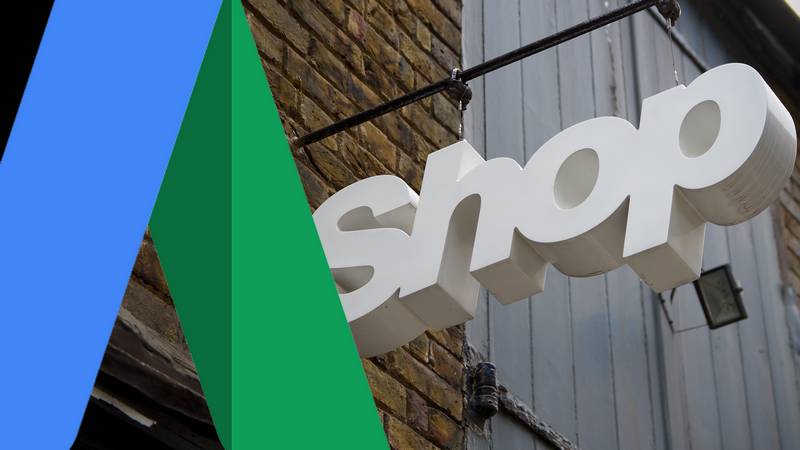
There are huge changes happening in the online marketing world. There is an ongoing boom in programmatic buying in display campaigns, a sizable movement in the automatization of PPC campaigns, a big jump in Facebook advertising effectiveness, marked growth of video campaigns and the reach of media ads, and many other developments. All these changes are improving the precision of targeted campaigns and their results.
However, measurements of effectiveness are much as they were a few years ago. Commonly, we use very accurate metrics, but these metrics consider only one device – one cookie. But this does not account for the fact that many campaigns have results in the offline world as well. Customers are not only buying online; they go to brick-and-mortar stores as well. In addition, many conversions take place on mobile devices. With a broader approach, we can catch the attention of a customer on their desktop and retarget them the next day on their mobile when they are near our shop.
Do you realize that today’s technologies can take these kinds of conversions and measure them? There has been a rapid increase in the number of people with smartphones in recent years (2/3 of Americans now own a smartphone). Many of these users have geo-location information permanently active, and most use map and navigation apps (74% of users used navigation services in 2013).
Exact, real-time location data has great relevance in advertising. We can seriously say that visiting some place and staying there for some time can be considered a conversion. Customer visits to stores are now trackable through digital means for the first time.
On the Internet side of things, it is very common to target users with ads based on geo-location data. This targeting is only approximate on desktop, but targeting mobile users is very exact.
In addition, there has been very strong progress made in cross-device algorithms, which can merge users’ profiles across devices. These algorithms allow us to target a user on their desktop and continue to track them in the real world by use of the smartphone in their pocket.
These cross-device combination solutions for measuring offline conversion will be an important topic over the next two years. I expect that we’ll see some interesting solutions. Already we see Google taking the first steps, as they are now testing offline conversion in AdWords and are beginning to use cross-device algorithms as well.
And what if we go even further? It is possible to track people’s movements on the streets and to compare their locations to the locations of billboards. Or, once more users own smart TVs connected to the Internet, it will be possible to track whether or not someone was targeted by a television ad and then to make the same action later—for example, when visiting web pages or brick-and-mortar stores, or simply when searching a relevant keyword on Google.
The future will bring many new opportunities to the marketing world. Are you ready?


